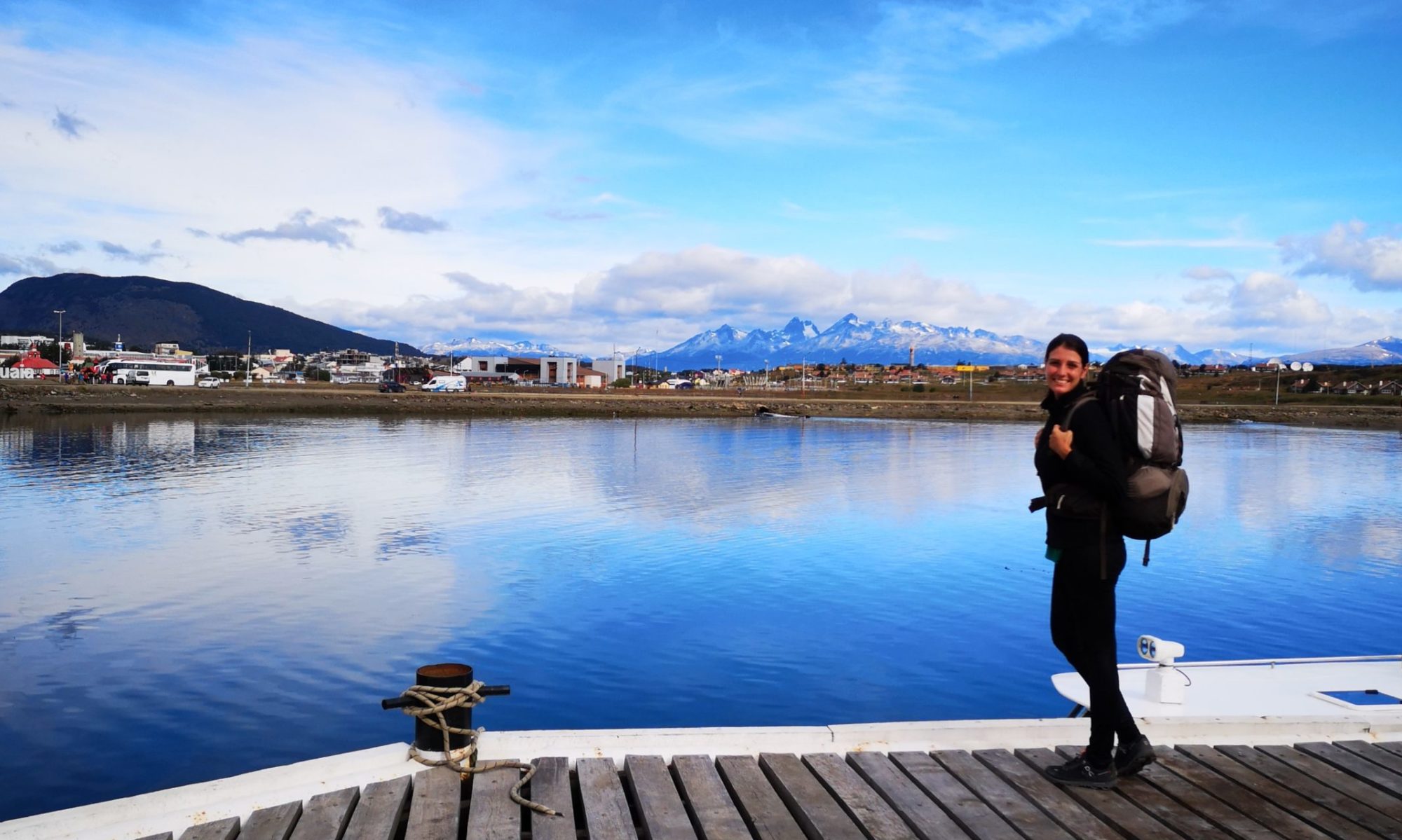14. – 17.11. / 01. – 02.12.2019

Havana is definitely one of the cities in the world where you’ll have to spend more than just two days in order to see it all. Its true spirit can especially be felt in La Habana Vieja – the old town. Recognized as a UNESCO World Heritage site, it features many historic colonial buildings. Other than that, you can find here the capitol, the four main squares, some nice churches, forts, and the famous Floridita bar where Ernest Hemingway used to hangout. And – of course – hundreds of these famous old American cars! 🙂
Without even knowing it, I had booked my flight exactly for the time when Havana was celebrating its 500th anniversary. It was a huge spectacle with free concerts, huge fireworks, and colorful parades. The best time to be there! And, of course, we also went to an after-party…
Vedado is the more modern part of Cuba’s capital and the central business district. It comprises many bars and clubs, cultural venues, part of the Malecon, the Revolution Square, and the University where also Fidel Castro studied law. A bit further outside, Fusterlandia – the Cuban answer to Park Güell in Barcelona – is worth a stop.








































































































































































































































